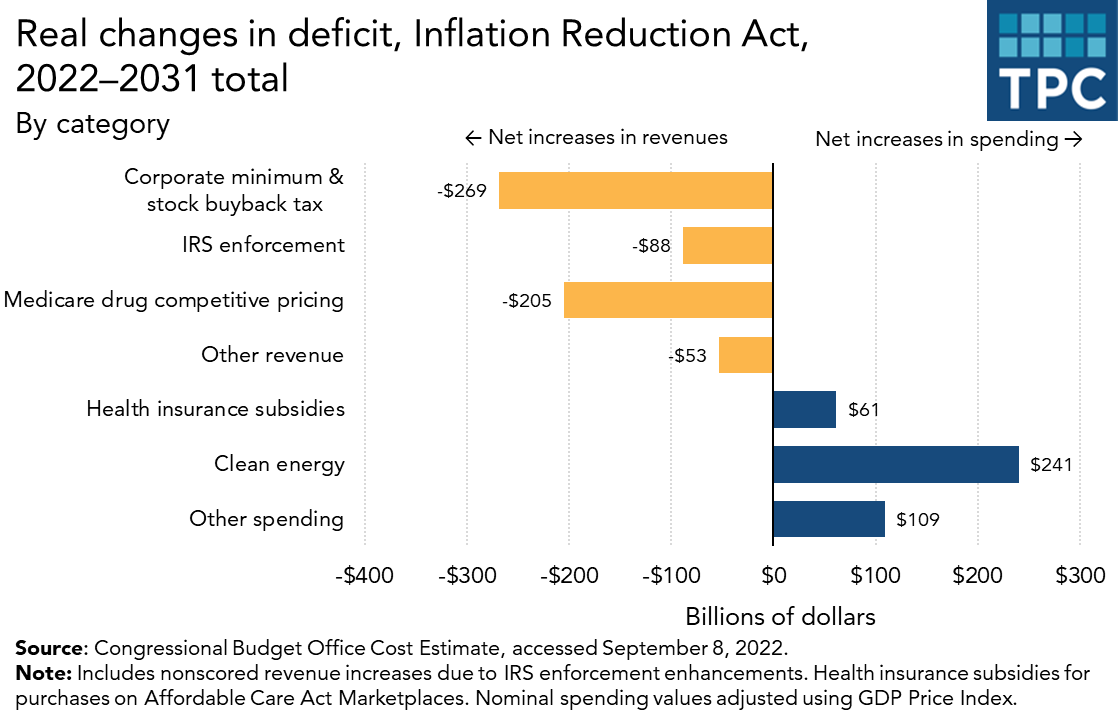The IRS Thinks Big About How To Spend $80 Billion
The Internal Revenue Service has taken a major step forward with its release of a plan detailing how the agency will invest the ten-year $80 billion boost to its budget provided under the Inflation Reduction Act. The plan is a serious and comprehensive effort to bring the agency into the 21st century, but there are still difficult lingering questions – some technical, some political – that must be answered.
There is nothing in the plan that should lead to the conclusion that the IRS will hire 87,000 armed IRS agents, as some Republican opponents of the funding increase have raged. More attention in the report is given to the proposed improvements in taxpayer services than to new enforcement initiatives, even though the former received the smallest share of the new monies.
Center to the plan are five goals, each supported by broad initiatives and specific projects:
- Improve taxpayers’ services by making it easier for taxpayers to interact with the IRS through their preferred method – a visit to a taxpayer assistance center, a phone call, or by using new digital tools; accelerating guidance on gray areas of the tax code; and helping taxpayers to claim appropriate deductions and credits.
- Resolve more issues quickly through pre-filing programs for taxpayers facing complicated tax challenges; identification of more issues as returns are processed; and real-time notifications of anomalies using simple language.
- Expand enforcement and focus on taxpayers with complex tax returns and high-dollar noncompliance by using more analytics-driven and risk-based methods to select returns for audit and by hiring specialists equipped with the expertise to handle those types of returns, while also regularly assessing if there are disparities, by race, ethnicity, age, and gender, in targeting of enforcement activities.
- Modernize the IRS’s technology by replacing legacy systems with up-to-date systems; harnessing data and analytics to improve customer service and audit selection; and improving employees’ and taxpayers’ access to data while protecting privacy and security.
- Hire and retain a highly skilled workforce by adopting more appealing recruitment campaigns; streamlining hiring and onboarding; reviewing the compensation system to assess its competitiveness; and offering more flexible work schedules.
Those are just a sample of ways that the IRS intends to achieve its five objectives. The report is 149 pages and brims with both big and small ideas.
And yet, I’m scared – not of the IRS, but for the IRS. What scares me? Recall that old adage: Think big, go far. The IRS and Treasury certainly have thought big. But will they go far?
I very much want the IRS to succeed. What worries me is that its plan is dependent on their ability to hire and retain high-skilled certified public accountants and tax lawyers to handle complicated audits, as well as the computer scientists who can update and transform the IRS’s technological infrastructure. The IRS has mapped out ways to improve recruitment and retention, with the goal of adding nearly 20,000 employees just by October 2024.
But some of the best tools for hiring and retention – bypassing certain government-wide hiring restrictions and lifting pay caps – are under the authority of the Office of Personnel and Management and Congress. In 2022, OPM granted the IRS “direct hiring authority” for expediting the hiring up to 24,300 new employees (with at least 10,000 in customer services) through September, 2027, but salary caps remain in place for most positions.
Another concern is that the $80 billion budget-boost is a ten-year investment, but most of the plan provides details for just the next few years (at a total cost of $8.7 billion in 2023 and 2024). That’s a reasonable approach. Many features of the plan involve recruitment, research, evaluation, and pilot program – the first steps toward development and implementation of effective long-term strategies.
But will Congress (particularly those who already oppose the funding increase) be patient? And will Congress safeguard the IRS’s annual appropriation for its standard activities during this investment period? Efforts to effectively deploy the new funds will be undercut if the IRS’s base budget is gutted during budget negotiations.
And finally, the plan reiterates that audit rates for taxpayers with income below $400,000 will not increase relative to historic levels. That’s been a theme of the administration, from its 2021 compliance agenda to the August 2022 directive from Secretary Janet Yellen to then-IRS Commissioner Charles Rettig.
How will income be defined? How will the IRS know if the taxpayer’s true income is below $400,000 income? What are those historic levels? The spending plan does not answer those questions.
To delve into these questions, the Tax Policy Center will be convening a hybrid event on the IRS’s plan on April 17th. With speakers including Treasury Deputy Secretary Wally Adeyemo, former IRS Commissioner Charles Rossotti, and a host of other tax experts, the event promises to be timely and informative – perhaps answering some of my questions and likely raising new ones.






